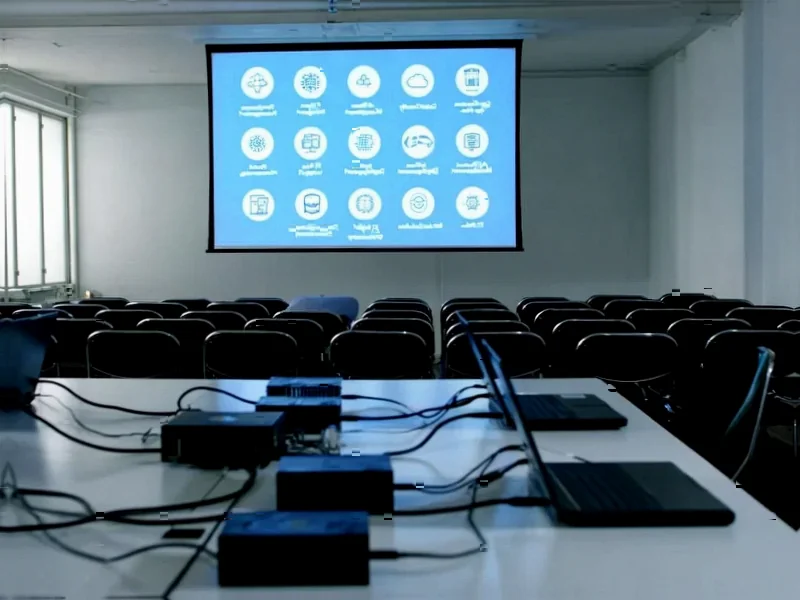According to CNBC, shares of Volkswagen and Stellantis have been rallying over the last three months as China considers exemptions for Nexperia chip exports. The situation began in September when the Dutch government took control of Nexperia in what was described as a highly unusual move, reportedly after the U.S. raised security concerns. The Dutch government specifically cited fears that the company’s technology—specializing in high-volume production of chips used in automotive and consumer electronics—would become unavailable in emergencies. China responded by blocking exports of the firm’s finished products, creating particular vulnerability for German automakers who rely heavily on domestic suppliers and local production facilities like Nexperia, despite much of its manufacturing having moved to China.
The German Automotive Achilles’ Heel
German automakers’ reliance on Nexperia chips represents a critical vulnerability that extends far beyond this specific disruption. The German automotive industry has built its supply chain around proximity and reliability, with Tier 1 suppliers deeply integrated into local manufacturing ecosystems. This model worked efficiently for decades but created concentrated risk when geopolitical tensions intersect with critical component sourcing. The Nexperia situation exposes how German manufacturers’ traditional strengths—local integration and supply chain control—have become liabilities in an era where semiconductor manufacturing has globalized and political considerations increasingly influence trade flows.
Geopolitical Reshaping of Semiconductor Trade
What we’re witnessing is the acceleration of semiconductor supply chain Balkanization, where national security concerns increasingly override free market principles. The Dutch government’s intervention, while framed as an emergency measure, reflects broader Western efforts to limit Chinese influence in critical technology sectors. This follows similar patterns seen in U.S. export controls on advanced semiconductors and represents a fundamental shift in how nations view chip sovereignty. The automotive industry, which historically operated with minimal geopolitical constraints on component sourcing, now finds itself at the center of technology protectionism debates.
Competitive Realignment Among Automakers
The Nexperia disruption creates immediate winners and losers in the automotive sector. German manufacturers face the greatest near-term production risks, while competitors with more diversified semiconductor sourcing strategies gain relative advantage. Companies like Tesla and newer EV manufacturers who built their supply chains with geopolitical considerations in mind may weather this storm more effectively. The situation also accelerates the trend of automakers establishing direct relationships with semiconductor manufacturers rather than relying solely on Tier 1 suppliers, fundamentally changing the traditional automotive supply chain hierarchy and potentially reducing the influence of established component suppliers.
Long-Term Supply Chain Restructuring
This episode will likely accelerate three major industry shifts: increased vertical integration in semiconductor sourcing, development of regionalized chip manufacturing capacity, and greater inventory buffer strategies. Automakers who previously operated with just-in-time inventory models for critical components are now reconsidering this approach for semiconductors. We’re also seeing increased investment in European semiconductor manufacturing capacity through initiatives like the European Chips Act, though these facilities will take years to come online. In the interim, automakers face difficult trade-offs between supply chain resilience and cost efficiency.
Market Outlook and Strategic Implications
The Nexperia situation represents more than a temporary supply disruption—it signals a permanent restructuring of automotive semiconductor sourcing. Companies that adapt quickly to this new reality by diversifying suppliers, investing in direct chip relationships, and building geopolitical intelligence into their supply chain strategies will gain competitive advantage. The crisis also highlights the growing importance of government relations and trade policy expertise within automotive leadership teams, as regulatory decisions increasingly determine supply chain viability. As the industry navigates this transition, we can expect continued volatility in automotive production and potentially higher component costs as redundancy and resilience become prioritized over pure efficiency.




